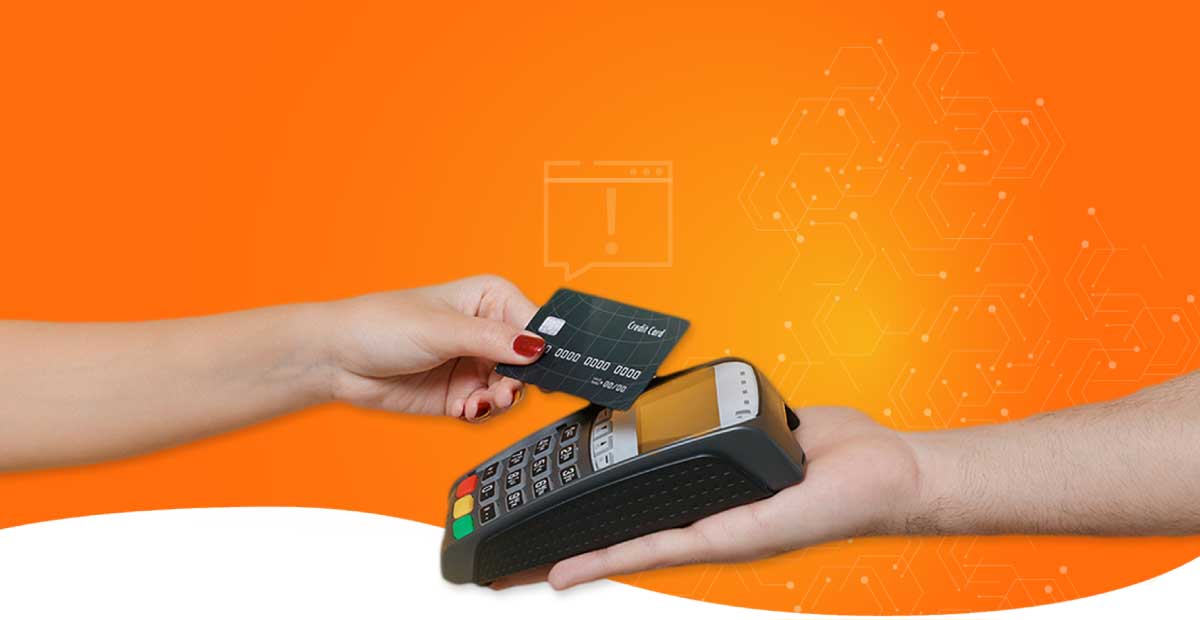In fact, their advantages became relevant during the pandemic as they played a major role in the digital payment process.
However, did you know that credit and debit card fraud costs millions of dollars a year to merchants, cardholders and card issuers? Such is the importance of this type of fraud that, according to the Nilson Report published in December 2022*, card fraud losses to issuers, merchants and acquirers are expected to total $397,400 billion by this next decade. The figures include global, national and private label credit, debit and prepaid cards.
Aware of its importance, Manrara offered the following recommendations, from the merchant’s point of view, what the merchant should take into account:
- Know your customer: Ensure that you are doing business with an individual who is legitimate, who is the owner of the card.
- Use card security features: the merchant must process the card using the security measures that are typically built into the cards, such as: the verification code or CVV (3-digit number on the back of the card) for digital payments, magnetic stripe and security key for ATH payments, digital chip or contactless payments at a terminal.
- Avoid manual entry of the card number into the terminal.
If the individual making the payment indicates that the chip is damaged, beware, it may be fraud.
Manual payments at the terminal are recommended only for recurring customers that you know, those that you consider loyal.
It is safer to enable a digital payment link service as they incorporate security filters that protect the merchant.
- Websites: if the merchant has a portal for their business, they should include a registration process which should be completed by the customer before making any purchase transactions. This helps to create the customer profile and to be able to authenticate and validate the customer. It helps to validate that it is trustworthy.
- Recurring digital payments
- It is best to use platforms that have all the security controls, such as 3D Secure.
- Know your customer: Ensure that you are doing business with an individual who is legitimate, who is the owner of the card.
According to Manrara, “using digital payment platforms allows merchants to defend themselves against potential disputes because they can provide information on the individual’s IP address or the customer’s recurring purchase pattern or “compelling evidence”, a concept known in the card industry and developed by brands to counter false claims and help merchants avoid friendly fraud”.
At the system level, merchants are advised to consider moving to point-of-sale terminals that are smart or have integrated systems as they have the security measures recommended by the industry.
However, of all the recommendations offered to merchants, the main one is to use common sense. “Be astute, use common sense, if you observe that the customer’s attitude is suspicious, if he asks for the transaction to be manual, if he presents several cards that the payment comes out declined or wishes to make the transaction payment with multiple cards, be careful as it may be a red flag, a sign that the transaction is fraudulent,” Manrara concluded. Likewise, if you receive orders by phone or internet from people requesting to make significant shipments outside the country. If it is “too good to be true,” it may be a stolen card fraud scheme.
Reference: *Card industry’s fraud-fighting efforts payoff: Nilson Report | Payments Dive



2 Responses
I have a P.O. Box store and I would like to accept credit cards and ATH cards
Thank you for reaching out! We can definitely help you with accepting credit and ATH cards for your P.O. Box store. Please leave your contact information on our website so a member of our team can get in touch with you directly: https://www.evertecinc.com/en/contact-us/